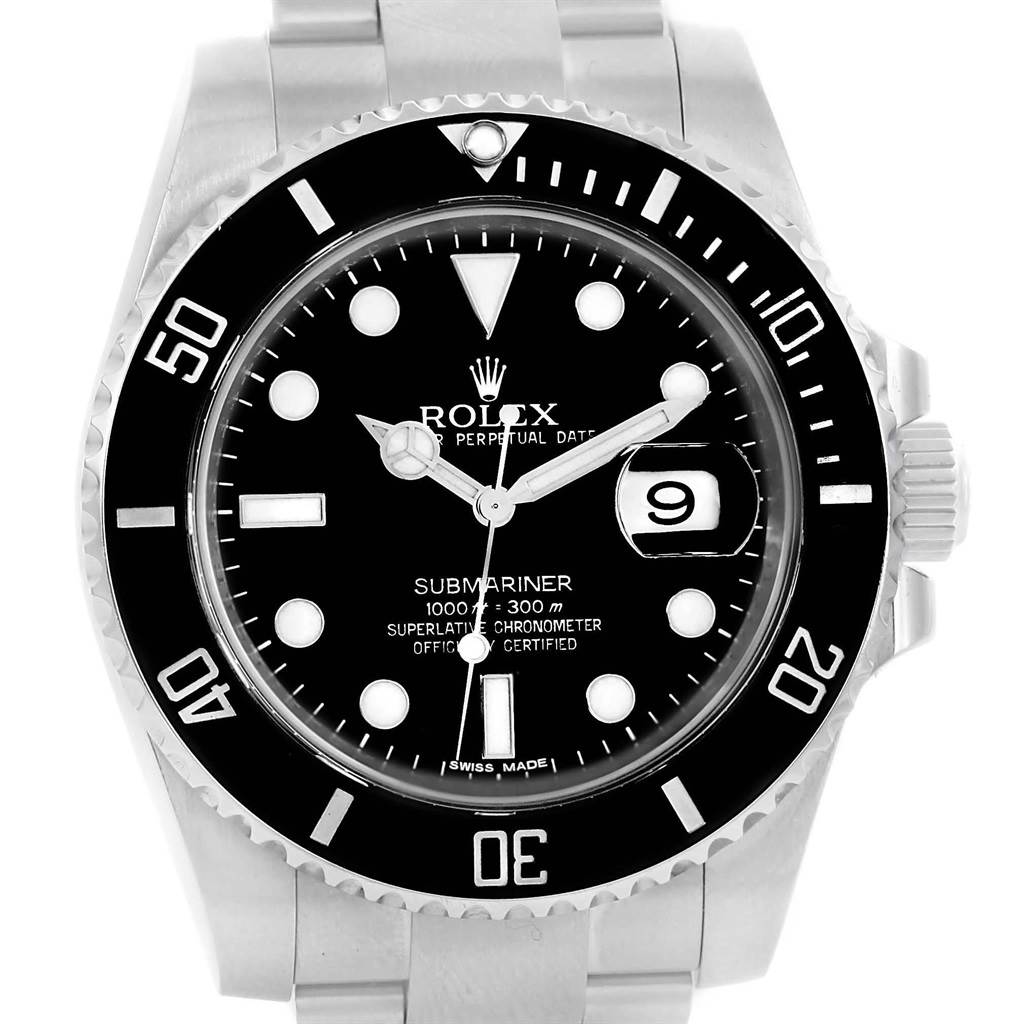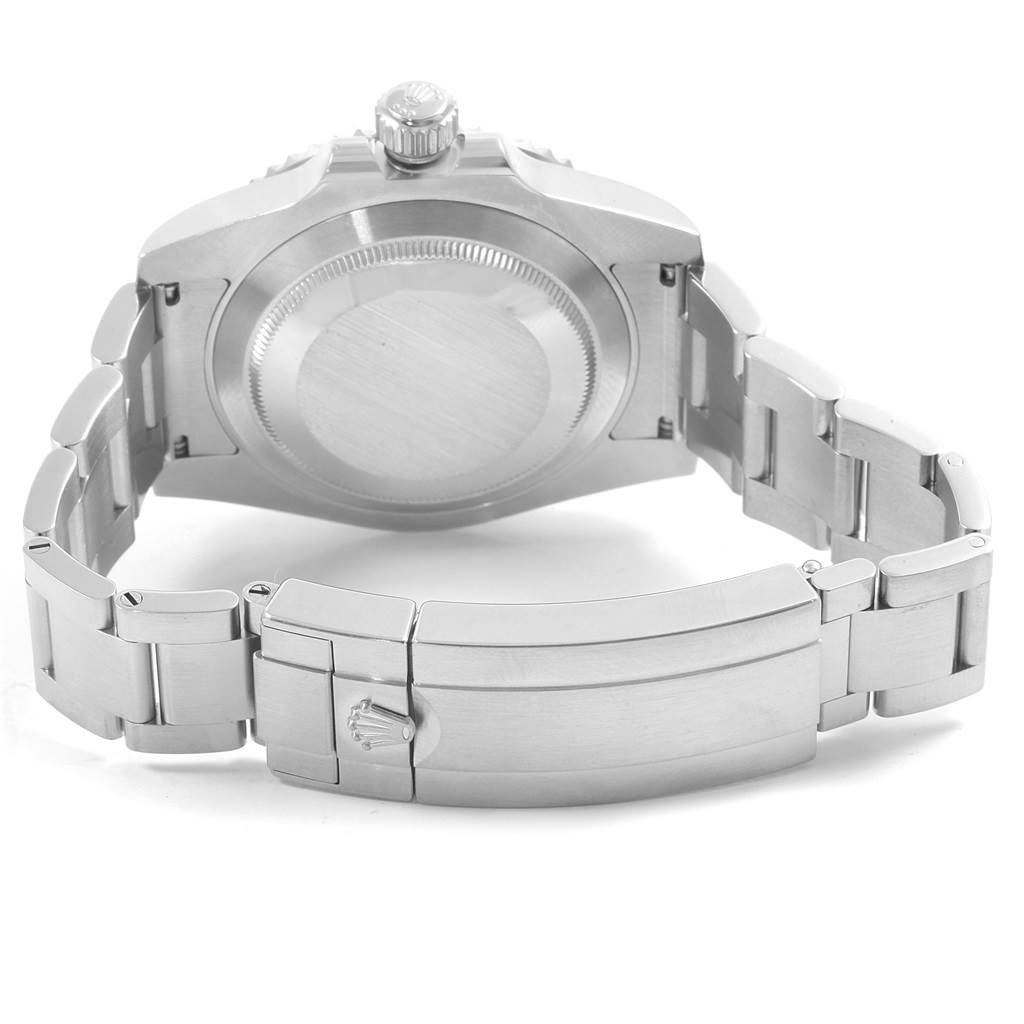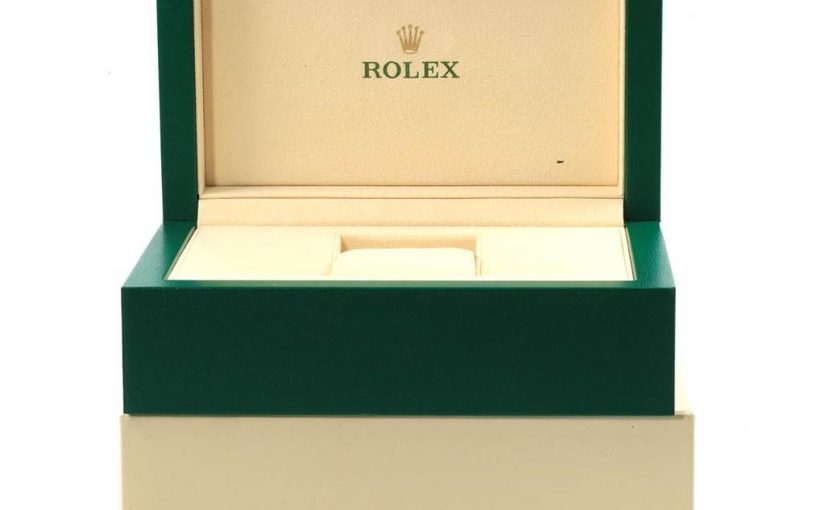Comparing the Rolex Datejust (now called the Datejust 36) and the Datejust II is like comparing Pepsi and Coca-Cola. Pepsi and Coca-Cola are both colas. Their tastes are similar to each other. Statistically, one appeals to an older, more conservative demographic and the other to a younger, more liberal group. One has been around for a long time, while the other is a slightly younger upstart.
However, the two are very different. So are these two Datejusts. (We’ll start with the Datejust II, then the currently produced Datejust 41). First, there are similarities. At first glance, one could be mistaken for the other on the wrist across the room. However, there is a 5 mm difference between the two.
Keeping the design in harmony with this 14% size difference has led to a change in proportions between the two. Of course, the overall design of the Datejust has remained virtually unchanged for over half a century (it was introduced in 1945). When Rolex designers decided to project the design of the Datejust II to 41 mm in 2009, the most obvious change was a wider bezel.
Imitation Rolex designers also retained the 20mm strap width, so the Datejust II has slightly thicker lugs. These thicker lugs aren’t as noticeable as the bezel, but they still account for the overall difference in proportions between the two models. 

Both models are available with either a fluted bezel or a smooth bezel. On top of that, each one has an incredible variety of features. There are countless combinations of metals, dial designs, finishes, bezels, and straps.
The Datejust 36 is available with the venerable Jubilee strap, which was developed when the Datejust was first introduced in 1945, or with the Oyster strap with Oysterclasp and the brand’s exclusive Easylink comfort extension link. A strap is also an option for certain combinations of functions. In contrast, the Datejust II is only available with an Oyster bracelet and Oyster buckle, regardless of which other option is chosen.
The Datejust is available in 904L steel, yellow gold, or Everose gold (Rolex’s term for its proprietary rose gold). It also comes in a two-tone (steel and white, yellow or Everose gold) combination, while the Datejust II is a two-tone proposition in stainless steel or steel and gold.
The differences between these two models are not just skin deep. The modern Datejust 36 has a caliber 3135 or 3235 under the dial, depending on the year it was produced, while the Datejust II uses the caliber 3136. Each is a COSC-certified chronometer movement with copy Rolex’s Parachrom hairspring, but the newer movements, the 3136 and 3235, also feature high-performance Paraflex shock absorbers. Rolex claims these shock absorbers are more resistant to shocks and other extreme conditions.
These are robust movements that carry Rolex’s newly redefined Super Chronometer designation. The new definition means that both movements will run -2/+2 seconds per day when housed in a case. This is more than double the -4/+6 seconds per day accuracy required for COSC certification.
If you’re a little confused after reading this, don’t worry. To see all the changes between the Datejust II and the Datejust 36, go to the Datejust page on the replica Rolex website and see the difference. Also, since all of the replica watches listed for sale on our website have their corresponding years, it is easy to tell when the different Datejust watches were made.
